Racing game mechanics are the backbone of every thrilling high-speed adventure. These mechanics, from realistic physics to dynamic controls, create an immersive experience that keeps players engaged. But what makes racing games truly stand out? In this detailed blog, we’ll explore the fundamentals of game mechanics, revealing how they lead to gameplay, strategy, and overall enjoyment.
Racing games have become a foundation of interactional entertainment, changing how players experience speed and automotive competition. From humble beginnings in 1970s arcade cabinets like Gran Trak 10 to today’s hyper-realistic simulations, these games have grown from simple pixel-based adventures to refined platforms that combine cutting-edge technology, convoluted game design, and automotive passion.
The journey of racing games reflects remarkable technological progress. Early titles like Namco’s Pole Position introduced pseudo-3D graphics and established essential gameplay mechanics. At the same time, modern games like Gran Turismo and Forza Motorsport now offer remarkable levels of vehicle customization, physics-based handling, and graphical detail. Racing games are no longer just a genre of entertainment; they have become intricate interactive experiences that simulate the thrill of motorsports, challenge players’ skills, and offer immersive worlds of speed and competition.
At the core of game mechanics in racing games lies vehicle dynamics. Speeding up, braking, and steering are the basics, but creating an intuitive, original driving experience that resonates with players can make all the difference. Simulation-based games like Gran Turismo stress upon realism by combining factors like traction, weight distribution, and aerodynamics.
On the other hand, arcade-style games focus on availability, delivering instant fun with simplified controls. Today’s racing games perfectly blend automotive physics, simulating everything from tire friction to chassis weight shifts with stunning accuracy, creating experiences that range from breathtakingly realistic to effortlessly entertaining. This ability results in gameplay that feels natural yet thrilling, whether players seek realism or arcade excitement.
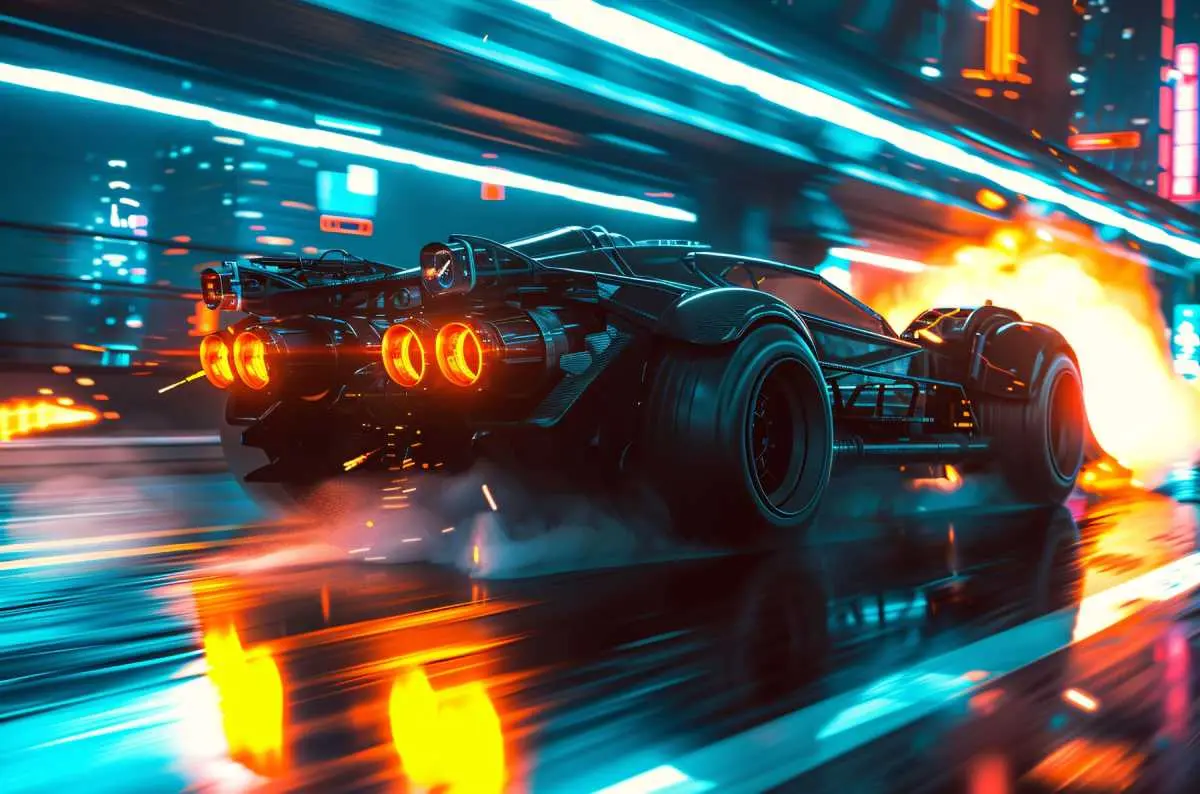
Track design goes far beyond merely creating a path for vehicles to follow. It shapes the player experience by providing challenges that test their skills. It’s about crafting entire environments that tell a story, challenge players, and give a sense of excitement and discovery. From intricate circuit tracks to sprawling open-world environments, each layout must offer variety and excitement.
Modern games enhance track design with features like: engaging weather effects, dynamic lighting, and destructible environments, all of which are made possible through advanced desktop game development techniques.
Multiple Racing Lines: Providing strategic choices for players to optimize their route.
Varied Terrain Challenges: Adding obstacles like gravel, mud, or ice to test adaptability.
Exploration Opportunities: Open-world tracks encourage discovery and creativity in racing strategies.
Player engagement in racing games extends far beyond the race itself. A well-designed progression system keeps players engaged over the long term. Comprehensive progression systems and deep customization options allow players to feel genuine ownership and achievement. Unlockable vehicles, upgrades, and new tracks provide a sense of accomplishment and motivate players to improve their skills. Games like Forza Horizon excel at rewarding players with progression milestones, creating a sense of achievement. Adding diverse game modes, such as time trials and tournaments, further enriches the experience.
Adding elements like speed boosts, shields, or traps can inject strategy and unpredictability into gameplay. Games like Blur have popularized these mechanics, making races thrilling and competitive. Similarly, dynamic obstacles such as falling debris or weather changes keep players on their toes.
Modern players expect a high level of personalization. In racing video games, beyond changing the car’s appearance, games allow players to tweak performance aspects like suspension, tire pressure, and gear ratios. This enhances gameplay depth and creates a personal connection between the player and their vehicle. Some vehicle characterization includes:

Sophisticated AI has transformed racing games from predictable experiences to dynamic, challenging competitions. AI-controlled opponents simulate human behavior; it adapts, learns, and responds to the player’s performance and maintains a competitive edge throughout the race. Adaptive AI mechanisms include:
Immersion is key to a memorable gaming experience. Detailed environments like real-time weather changes, day-night cycles, and procedurally generated track variations keep races fresh and unpredictable. A rainy circuit might require completely different driving strategies than a dry track, adding layers of complexity and engagement. Games like Forza Horizon excel in realistic graphics and immersion, transporting players to breathtaking locales.
Many modern game mechanics in racing games incorporate narrative elements to give players a sense of purpose. Whether climbing the ranks in a professional league or escaping a high-stakes chase, these stories add depth and keep players invested.
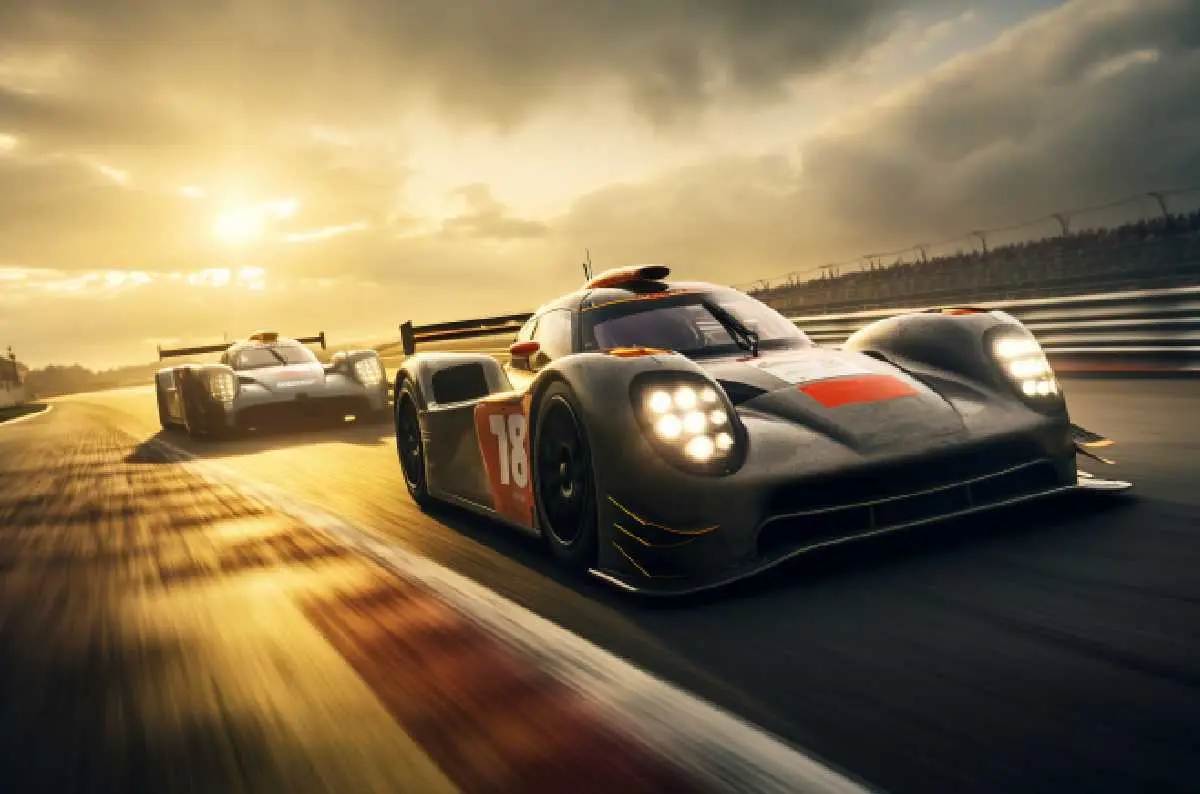
Drifting Mechanics
Drifting is one of the most exciting mechanics in arcade-style racing games, adding technical skill and visual excitement. This technique involves deliberately sliding the vehicle sideways through a turn, controlling over-steering with precise gear, brake, throttle, and clutch manipulation. Arcade-style racing games often use drifting as a core mechanic, providing players a stylish way to navigate corners and add excitement to the racing experience. Games like Need for Speed and Mario Kart use drifting extensively, making it both a practical and entertaining mechanic.
Nitro Boost System
The nitro boost mechanic adds a thrilling layer of strategy and excitement to racing games. Typically powered up through skilled driving techniques like drifting, nitro provides a temporary but significant speed boost. The boost mechanism is often tied to risk-reward scenarios—players who take risks by drifting longer or performing stunts power up their nitro faster. This feature adds a layer of strategy and exhilaration to gameplay, making every race feel dynamic and competitive.
Career Mode
Career modes have evolved to become a central feature in modern racing games. These modes offer more than just a series of races; they provide a narrative journey where players progress from amateur racers to professional champions. Games like Gran Turismo, Project Cars, and Forza Horizon have set the standard with immersive career experiences that include progression, skill development, and increasingly challenging competitions.
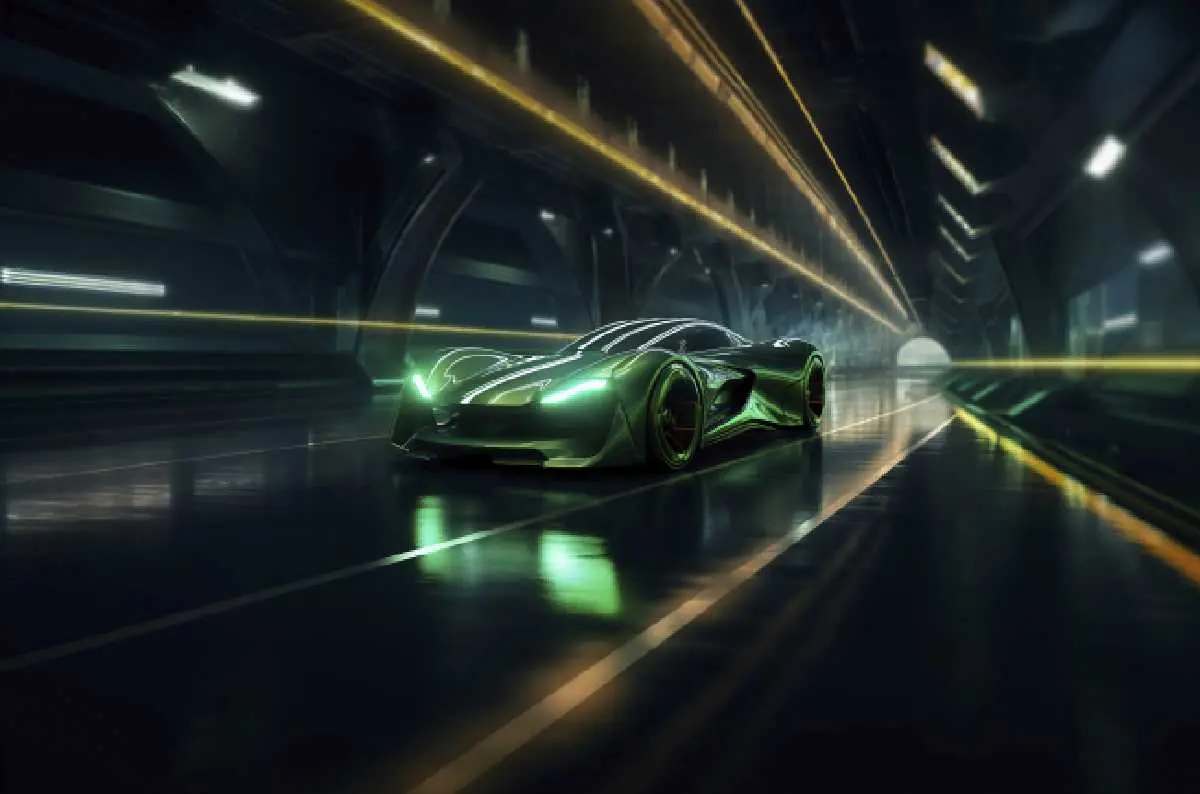
Ghost Car Feature
The ghost car mechanic is a brilliant innovation in racing game design. It allows players to race against a translucent version of their previous best performance or those of other players. This feature provides a unique way to improve skills, learn optimal racing lines, and compete against personal or global benchmarks without direct multiplayer interaction.
The game engine serves as the foundational technology for any racing game. Each engine offers unique strengths, popular choices include:
Unity: Versatile and beginner-friendly, ideal for smaller teams or indie developers.

Forza Horizon 5 has welcomed widespread praise for its easy integration of various racing mechanics. One of the standout features is its open-world design. The game offers players a massive, diverse map of Mexico, filled with multiple terrains and challenges that inspire exploration. The dynamic weather system also adds a layer of unpredictability, making races feel different every time. Additionally, the vehicle customization in Forza Horizon 5 is expansive, with players able to modify almost every aspect of their cars, from the suspension to the tires, making each race feel personalized and unique.
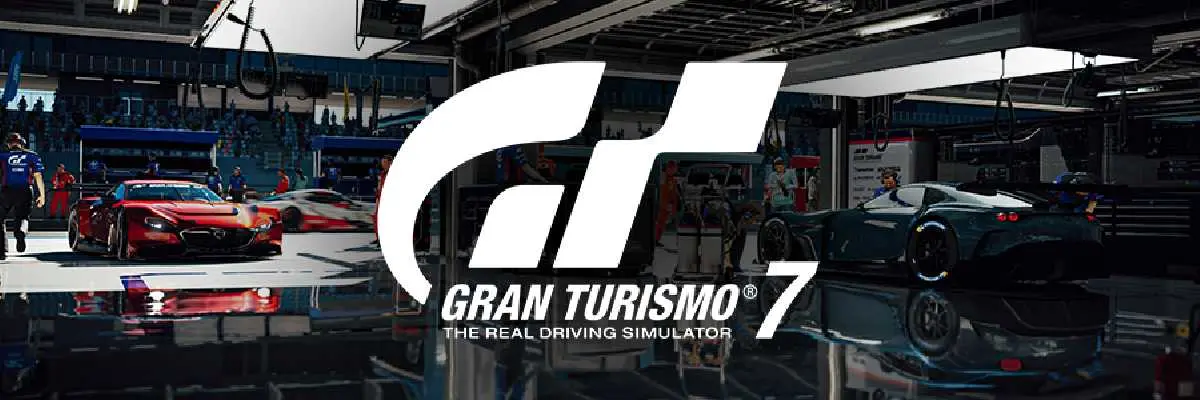
Gran Turismo 7 focuses on delivering a hyper-realistic simulation of racing. Its exceptional vehicle dynamics offer genuine driving physics that imitates real-world car behavior. The game’s stress on track accuracy and attention to detail in vehicle handling ensures that each race feels challenging yet rewarding for players. The progression system is also robust, with players unlocking new cars and upgrades as they progress through the game’s career mode.

While Mario Kart 8 Deluxe is more arcade-style than simulation, its mechanics are incredibly engaging. One of the most fun aspects is the drifting mechanic, which allows players to perform tight turns while boosting speed. The item system in the game adds an element of unpredictability, with players able to use power-ups like shells, bananas, and the famous blue shell to hinder opponents.
The multiplayer functionality is another key component of Mario Kart 8 Deluxe. The track variety, with themed environments and interactive elements, ensures that no two races feel alike.
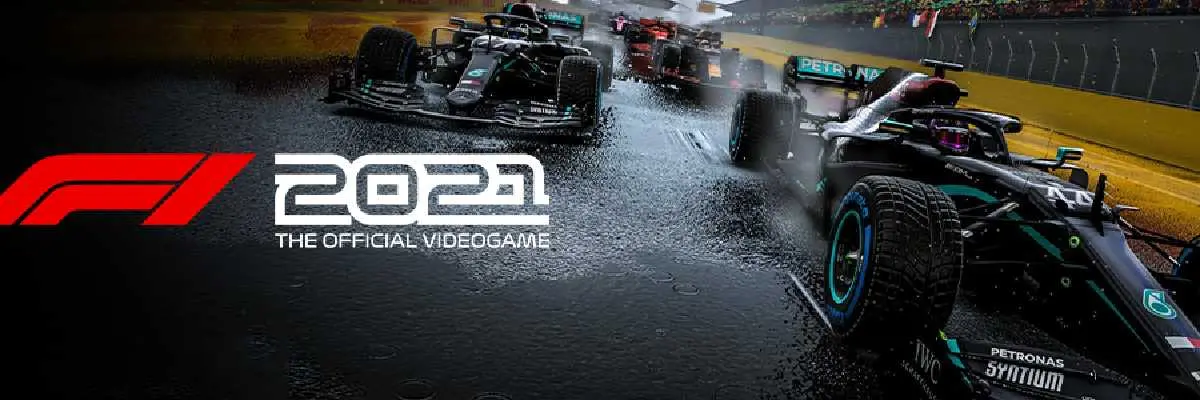
For fans of simulation racing, F1 2021 offers a near-perfect experience. The vehicle physics is incredibly detailed, with cars reacting realistically to every input. The career mode, in which players can take on the role of a professional F1 driver, stands out due to its narrative-driven gameplay. Players progress through the ranks, facing challenges such as rivalries and sponsorships.
Additionally, the two-player career mode is a unique feature that allows friends to team up and race together, making the game more interactive and fun. The pit stop strategy and tire management mechanics are also critical, adding an extra layer of depth to races.
At Juego Studios, we specialize in bringing game mechanics ideas to life with a perfect blend of innovation and expertise. From crafting lifelike physics and breathtaking visuals to integrating dynamic AI and multiplayer systems, we have the tools and talent to create racing games that captivate players. Whether you’re looking to build a hyper-realistic simulation, an arcade-style thrill ride, or work on cutting-edge mobile game development and console game development, our team can make your vision a reality.
Creating a racing game is both an art and a science. Racing game mechanics represent a complex technology, design, and player psychology ecosystem. By understanding the intricate balance between realistic simulation and pure entertainment, developers can create racing games that aren’t just played, but experienced. For those venturing into simpler, yet addictive gameplay, mastering game mechanics for hypercasual games can also provide a streamlined path to success, offering fun and engaging experiences for a broad audience.
Developing racing games requires carefully balancing realistic physics and arcade- style simplification. Accuracy physics must be prioritized for racing games based on simulations to provide an authentic, immersive, and challenging gaming experience that mimics real driving scenarios. This involves considering factors such as vehicle dynamics like acceleration rates, braking distances, tire traction, aerodynamics, engine performance, and suspension systems, among other things.
However, in arcade-style racing games, physics may not need to be so precise since they are designed primarily for entertainment purposes rather than practicality or accuracy. This simplification involves less realistic handling of the vehicles, exaggerated speeds, and less demanding environments, which can make them more accessible and enjoyable for casual gamers. Balancing these two approaches is crucial when developing any type of video game, including racing ones. This allows players with different skill levels to enjoy playing at their own pace without feeling overwhelmed by overly complex mechanics.
Several programming languages are best for developing car racing games. Amongst them, C++ is widely recognized for its performance benefits; it is regarded as the go-to programming language for high-performance racing games. It can create optimized code that can run at lightning speeds. Racing games often require a lot of processing power, complex physics, and vehicle dynamics to simulate realistic driving conditions; this is where C++ shines. Its low-level nature allows for fast execution times without sacrificing quality or performance.
On the other hand, Unity uses C# for its scripting language, which provides more flexibility in terms of code structure, user interfaces, and powerful development tools such as plugins. C# also has built-in support for object-oriented programming, making developing robust 2D and 3D environments easier. Unity’s flexibility makes it an excellent choice when you want to create dynamic environments with high levels of interactivity that can be used by multiple developers working on different projects simultaneously.
Creating challenging AI opponents requires technical expertise and creativity, i.e., a combination of advanced algorithms and game design techniques. Machine learning allows AI to adapt to the player’s style by analyzing data, learning from their behaviors, and adjusting its strategy accordingly. Developers often use decision tree models because they define AI actions, enabling it to make quick decisions based on race condition variables like time, speed, positioning, and track environment. Additionally, programming the AI to anticipate player moves, select optimal racing lines, and adjust speed creates a more human-like experience, making the game dynamic and keeping players engaged.
Emerging trends in racing game mechanics are shifting towards deeper immersion, personalization, and community-driven experiences. Virtual reality (VR) is one of the most significant trends, allowing players to experience racing in a highly immersive environment. VR enhances the sensation of speed and control, making racing games feel more lifelike.
Procedural track generation is another trend that enables developers to create dynamically generated tracks, offering endless variety and increasing replayability. Sophisticated multiplayer features, including competitive modes, cooperative play, and shared experiences, are also gaining traction, allowing players to engage socially beyond traditional single-player modes. These trends help deepen immersion, provide more engaging content, and create lasting experiences, driving the evolution of racing games for a broader, more diverse audience.
Balancing realism with fun in racing games is all about offering players a flexible and enjoyable experience tailored to their skill level and preferences. Developers often incorporate adjustable difficulty settings, allowing players to tweak aspects such as AI difficulty, physics, and controls. This ensures that casual players can enjoy an accessible and fun experience, while more experienced players can challenge themselves with a more realistic approach.
Additionally, simplified controls, such as automatic assists, allow newcomers to feel in control without sacrificing the fun factor. The key to striking this balance is offering intuitive mechanics and accessibility options, ensuring the game is approachable while still maintaining an engaging, dynamic experience for those seeking a more authentic racing simulation.
Racing game development comes with various challenges, particularly balancing technical performance and gameplay experience. Optimizing performance is crucial, as racing games require complex physics simulations, high-speed action, and visually rich environments. Developers must ensure smooth gameplay across various platforms, particularly on mobile devices or less powerful hardware. Another challenge is creating AI that feels competitive but doesn’t frustrate players, which involves programming dynamic behaviors and adaptive difficulty that respond to player actions.
Additionally, designing progression systems that keep players motivated is tough. Developers must craft engaging reward systems, unlockable content, and skill progression to ensure players feel incentivized to continue playing. Iterating on these systems often requires balancing accessibility with the depth of content to maintain player engagement over time.
Community feedback is crucial in racing game design because it helps developers refine mechanics, fix issues, and ensure the game meets player expectations. Players often provide insight into what they like or dislike about gameplay features, such as track design, car handling, and AI difficulty, giving developers valuable input on improving the overall experience.
Additionally, community feedback can reveal bugs, glitches, or unbalanced gameplay that might not have been detected during development. Engaging with the community also allows developers to gauge interest in future updates or expansions, helping them prioritize content players want. By continuously gathering and analyzing feedback, developers can maintain a strong relationship with their player base, enhance the quality of the game, and ensure long-term success in the competitive racing game market.